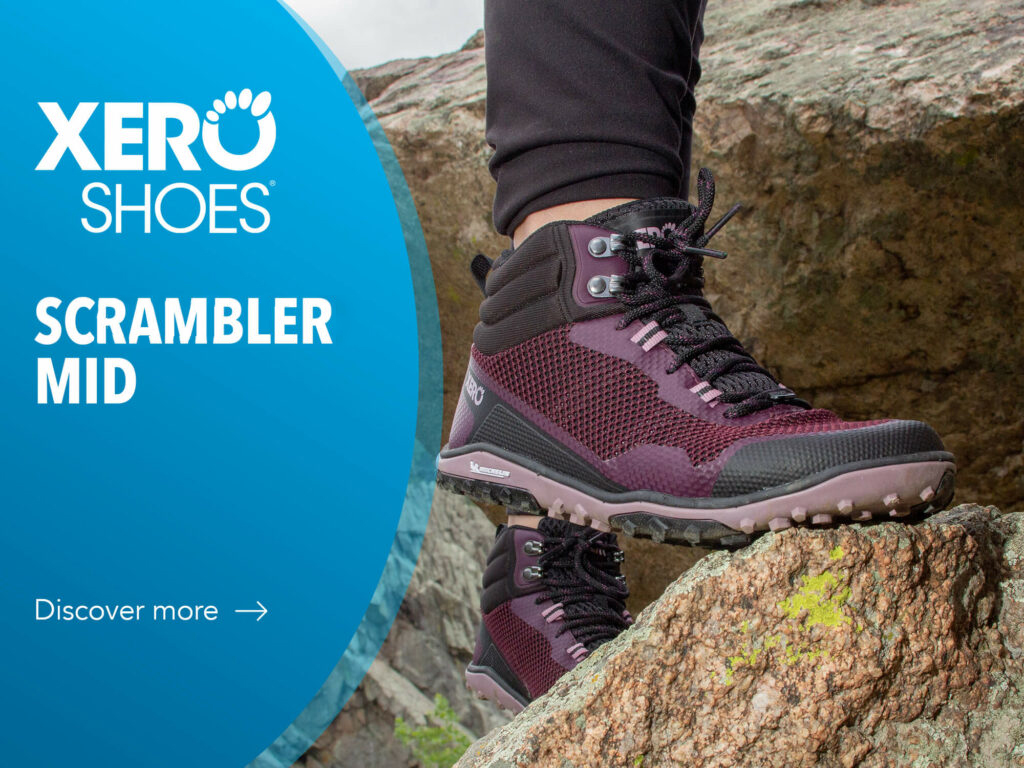Remember those movies in which noblemen, after a good ride, had their boots laboriously removed by waiters forced to perform acrobatics worthy of the most emblazoned circus performers?
The laces, or strings, that close a shoe serve primarily the purpose of avoiding certain theatrics. They are designed to facilitate the fit of a shoe and ensure its closure during walking.
LACES IN THE PAST
We have already discussed how to close a shoe in another article, referring to less common lacing systems than laces. Laces, in fact, are thought to accompany the very birth of shoes, although precise finds or dates are difficult to come by.
Ötzi, the Similaun mummy, wore a pair of leather shoes, fastened by laces of the same material. After him, Greeks, Romans and many other peoples used laces to hold a kind of sole or leather footwear to their feet. It was not until the Middle Ages that the lace was almost banished, or at least went out of fashion: shoes were closed with buckles, hooks or buttons. The lace became the preserve of women’s corsets. It was not until the 20th century that laces again became the most popular system for ‘tying’ shoes.
THE MATERIAL LACES ARE MADE OF
Traditional laces, the old laces, were made of leather, cotton, jute, hemp or other materials used in rope making. Modern laces, on the other hand, almost always incorporate various synthetic fibers, which are generally more slippery and therefore more prone to unraveling. On the other hand, synthetic laces generally have a less rough appearance, suffer less wear and tear from friction, and are less prone to rot from moisture.


Also worth mentioning are the elasticized laces that provide an even more comfortable fit, offering a minimum of play to the foot while still providing a firm closure.
Some laces, however, are decidedly more original. Like the knotted ones that have several gibbous sections that limit their movement between the eyelets and are useful if you want to adjust the lacing consistently. Or there are the “Twirly” ones, the spiral ones that do not need to be knotted (a favorite among children, of course).
Sometimes special ribbons and trimmings are also used to create laces with an unusual look.
Important note: shoelaces can be coated to increase friction and make sure they always stay tied. This is a key aspect for mountaineering or working shoes.
HOW TO MAKE A SHOELACE
A lace, in the end, is a kind of woven, interwoven fabric of fibers (unless it is leather). A more or less complex weave. Usually the yarns undergo an initial processing that gives them texture, and then move on to a second stage of weaving that generates the final string, which is then cut to size and finished on the ends.
Flat laces generally stay tied tighter than those with a round cross-section, due to the greater friction surface area. However, round ones turn out to be more reliable than square-section leather ones, which are very common in boat shoes.
The characteristics of a quality lace? It all depends mainly on the prerogatives of the starting yarn. The higher the quality of the yarn, the greater will be the wear resistance, durability and comfort, and, last but not least, so will the final effect.
DO YOU KNOW WHAT AGLETS ARE?
Stefano Andreoli, well-known italian blogger and founder of the witty banter site Spinoza, has launched a column listing everything in this world that does not possess a proper name to be defined: the plastic ring that remains attached to plastic bottles when you unscrew the caps, or the scraps from when you sharpen your pencil.

Also mentioned in the list are “the plastic stuff at the ends of shoelaces.” They actually have a name of their own and it is also of French origin. They are called aglets.
They are attached to the ends of laces, made from textile fibers, for two specific purposes: to prevent the piece from fraying and to facilitate the passage of the lace through the eyelets. Made of plastic or metal, they involve a not inconsiderable processing step in terms of time, so increasingly complex machines have been made in order to optimize their application.
HOW MANY WAYS TO TIE THEM
Well, we’ve figured out how complex it is to make a well-made shoelace and from how many types we could choose (and we haven’t mentioned those for safety shoes, for example, the fireproof ones designed for firefighters). Now try to guess how many ways shoelaces can be knotted on a model with 6 pairs of eyelets: it seems to be well over two trillion.

Here I would mention only two, two and that’s it: the more formal, “straight-bar” one, which preserves the neatness of a model by proposing a neat, parallel arrangement of the laces; and the more sporty, reliable and efficient one, called “criss-cross”, taken right out of corsets, which lets the laces intertwine and chase each other and does not allow the sides of the shoe to join, as is the case with the typical lacing of an Oxford.
A STRING WILL NEVER STAND ALONE
Having said all that has been said about laces, a string will never form a true lacing system without eyelets, whether simple holes or reinforced loops or hooks. It should definitely not be forgotten how much technology and innovation is applied in the making and application of eyelets.
As needed, they are designed to ensure easy passage of the lace, but at the same time the right amount of friction to keep the fit tight to the foot. How they are placed on the upper is equally important to ensure the effectiveness of the lacing and preserve the upper itself from tearing or sagging.
TRENDY LACES
We asked those who deal with laces at Centro Accessori, one of Italy’s most important suppliers of footwear components, what type of lace is the most innovative and in demand on the market:
Definitely laces made from recycled materials or that meet certain environmental standards, often accompanied by aglets that follow the same trend, such as some of our references that are produced without phthalates and are compostable.
We also asked how much a lace on a shoe matters today:
It has become an added value as it is in effect an accessory that makes a difference. Often a nice lace makes a shoe beautiful.
Sure, we cursed these laces as children because we had to spend hours in humiliating attempts to figure out how they should be knotted, but they too are one of the ‘complex components’ of a shoe and for that they deserve great respect and wise consideration when you buy your next pair.
You may also be interested in the following articles:

How many ways can you lace a shoe? (part 1)
Let’s talk about how to get the perfect fit with shoe fasteners other than the classic string. Magnets, Velcro, casters and zippers, and other very innovative systems.

The revolution of BOA Fit System, from a specific demand to a versatile solution
The BOA Fit System and the importance of the sole for maximum performance and comfort

Characteristics and differences of plastic materials for making soles
Discover the main types of plastic for soles













































